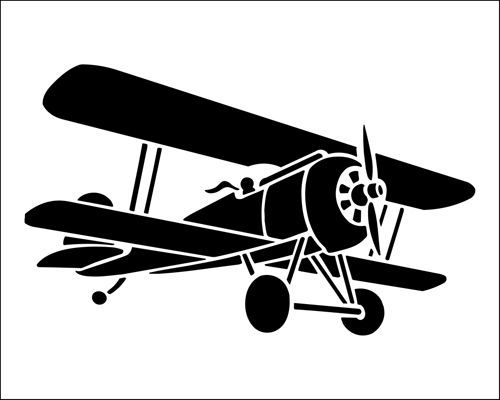A Pilot's Guide to Flight Instruments
Unveiling the Silent Crew: A Pilot's Guide to Flight Instruments
The cockpit of an aircraft is a symphony of information. While you may be the captain at the helm, a silent crew of instruments constantly provides vital data, keeping you informed and in control. Understanding these instruments and their language is paramount for safe and efficient flight. Let's embark on a journey to explore the essential instruments that form the pilot's trusted companions in the sky.
The "Six Pack": The Core Instruments
General aviation aircraft typically rely on a set of six primary flight instruments, often nicknamed the "six-pack," that provide critical information for basic flight maneuvers:
-
Airspeed Indicator (ASI): This instrument measures the aircraft's speed relative to the air. It displays knots (nautical miles per hour), a unit commonly used in aviation. Understanding your airspeed is crucial for various aspects of flight, including maintaining lift during takeoff and climb, maneuvering safely, and avoiding a stall.
-
Attitude Indicator (Artificial Horizon): This instrument depicts the aircraft's pitch and roll attitude relative to the horizon. It presents a symbolic airplane superimposed on a moving background, indicating whether the aircraft is climbing, descending, banking left or right, or remaining level. Mastering your interpretation of the attitude indicator is fundamental for maintaining spatial awareness during flight.
-
Altimeter: This instrument measures the aircraft's altitude above sea level (ASL). It is crucial for maintaining safe vertical separation from terrain and other aircraft. Understanding how to set the altimeter correctly and interpret its readings is essential throughout the flight.
-
Turn Coordinator (Turn and Slip Indicator): This instrument combines two functions: turn indication and slip indication. The turn needle shows the rate of turn, while the slip ball indicates whether the aircraft is coordinated during a turn (coordinated meaning minimal sideslip). A coordinated turn minimizes drag and ensures efficient maneuvering.
-
Heading Indicator (Directional Gyro): This instrument displays the aircraft's heading relative to magnetic north. It is a reference for maintaining course and navigating using pilotage techniques or in conjunction with other navigational aids. Understanding how to use the heading indicator in coordination with other navigational instruments is key.
-
Vertical Speed Indicator (Vertical Speed Indicator or VSI): This instrument measures the aircraft's rate of climb or descent in feet per minute (fpm). The VSI helps pilots maintain a desired climb or descent rate during various flight phases like takeoff, climb, approach, and landing.
Proficiency in interpreting these six core instruments allows pilots to maintain basic control of the aircraft, navigate visually, and perform essential maneuvers safely.
Beyond the Basics: Expanding Your Instrument Knowledge
As you progress in your pilot training, you'll encounter a wider array of instruments, each serving a specific purpose:
-
Engine Instruments: These instruments provide critical information about engine performance, including RPM (revolutions per minute), manifold pressure (reciprocating engines), or Engine Pressure Ratio (EPR) and Exhaust Gas Temperature (EGT) (turbine engines). Monitoring these parameters helps ensure safe engine operation and timely detection of potential issues.
-
Navigation Instruments: These instruments, like the Horizontal Situation Indicator (HSI) and VOR (VHF Omnidirectional Range) indicator, provide pilots with navigational guidance and situational awareness. Understanding how to use these instruments in conjunction with charts and other navigational techniques is essential for instrument flight procedures.
-
Communication and Audio Panels: These panels allow pilots to communicate with Air Traffic Control (ATC) and other aircraft. Understanding proper radio communication procedures and etiquette is vital for safe and efficient airspace management.
-
Emergency Warning Systems: Modern aircraft are equipped with a variety of warning systems that alert pilots to potential malfunctions or emergencies. Familiarization with these systems and their corresponding procedures is crucial for prompt and effective response to unexpected situations.
Remember, mastery of flight instruments is an ongoing process. Continuous learning and staying updated with advancements in avionics technology will ensure you can interpret the information they provide with confidence and precision, keeping you and your passengers safe throughout your flights.







